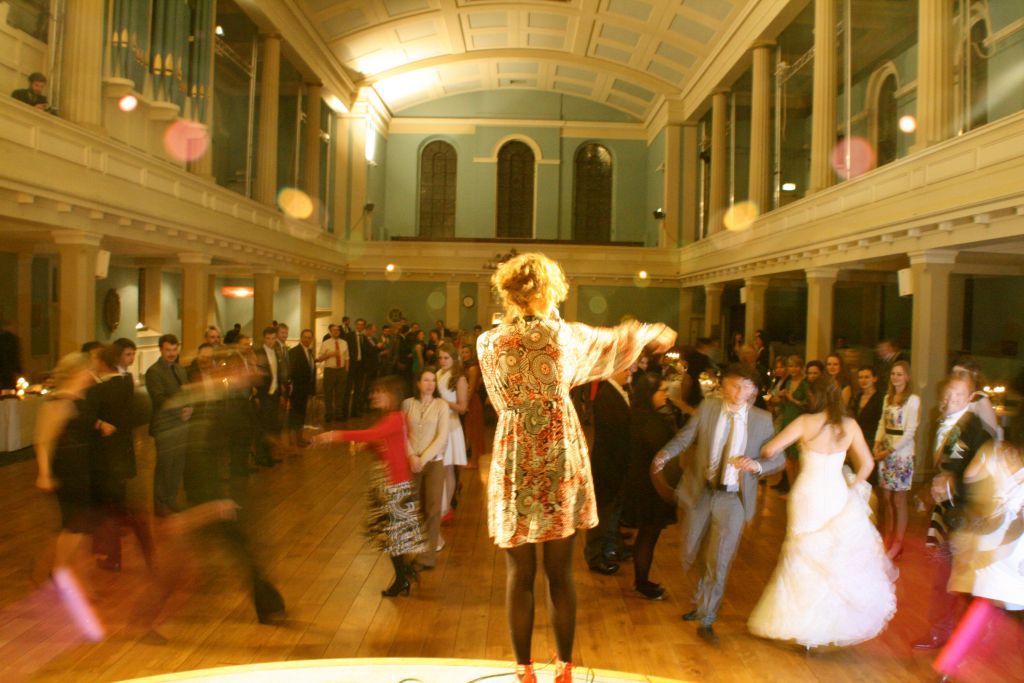What is Ceilidh?
Ceilidh is a Gaelic term common to Scottish, Irish and emigrant communities. The word means ‘a visit’. The original ceilidh could be a pre-arranged or spontaneous social gathering of family and friends. Customarily a ceilidh would take place after sunset, particularly during winter months. In the winter the short days meant that there were limited hours for outside work.
In rural traditions communities there would be a cottage called a taighean ceilidh (a visiting house). The occupant would typically be a shanachie (storyteller), a singer and keeper of traditional knowledge. They would keep legendary tales alive, and hand down the oral tradition to successive generations. An evening could include poetry, stories, dancing, proverbs, riddles, jokes and songs. Music would be played on pipes, fiddle or accordion. The evening would generally culminate in a dance.
Major events such as weddings, births, deaths, would be celebrated with song. The rhythm of song was also an accompaniment to all kinds of work. An old Gaelic proverb states, “The end of the world will come, but love and music will live forever.”
With increasing urbanisation the social gathering became more formalised, and moved into community halls.
Throughout the 1920s there was much shared tradition between Scotland and Ireland. The term ceilidh implies dancing. A ceilidh gathering is often called a ‘ceilidh dance.’ Dancing takes place to the accompaniment of jigs (a lively folk dance most often in 6/8 time) and reels (a folk dance typically in 2/4 time). Jigs and reels are often played as medleys of tunes in a ‘set’.
What is a ceilidh dance?
A ceilidh dance comprises a variety of dances, which can include traditional dances, old-time dances – even a waltz and quickstep can be included.

Who can ceilidh dance?
Anyone can ceilidh dance; all age groups. Even those with little dancing experience or skill can join in. Most ceilidh dances have a repeated 16 or 32 bar sequence. This makes a ceilidh dance fairly easy to learn. They can be danced with a minimal amount of tuition. A caller guides the dancers through the steps.
According to David and May Ewart, “Young people discover that in ceilidh there is life after disco, and ‘mature movers’ are attracted by the nice-and-easy appeal of this form of dance, as well as by it’s social aspects.” Scottish Ceilidh Dancing, 1996, Introduction.
Ceilidh dances are a popular for parties and weddings and fun way that people can get together.
Pastiche, a ceilidh band based in South East England, perform some popular ceilidh dances such as:
- Dashing White Sergeant - one of the preeminent ceilidh dances.
- Gay Gordons - a lively, popular party dance.
- Circassian Circle - a 32 bar jig danced in a circle. There are numerous variations to this dance.
- Strip the Willow - an all age dance popular in schools and at weddings. It is a 32 bar jig danced in a circle.
Jun 19, 2015

